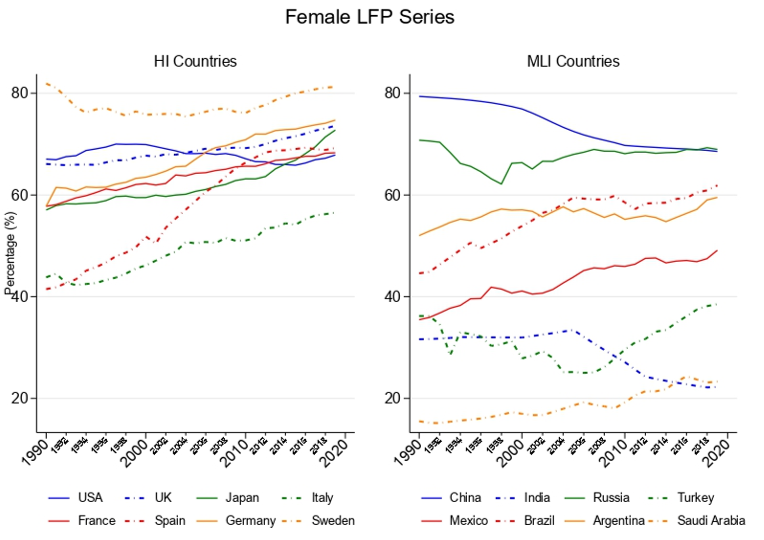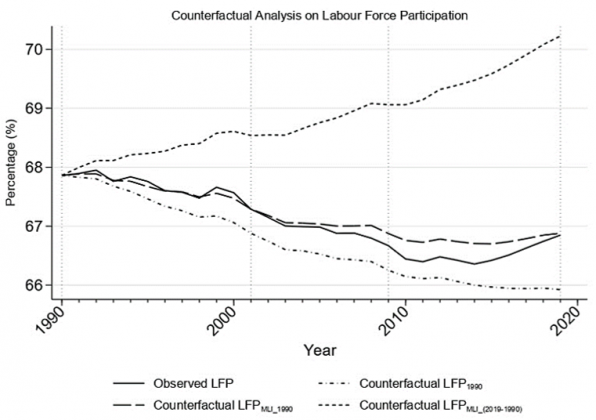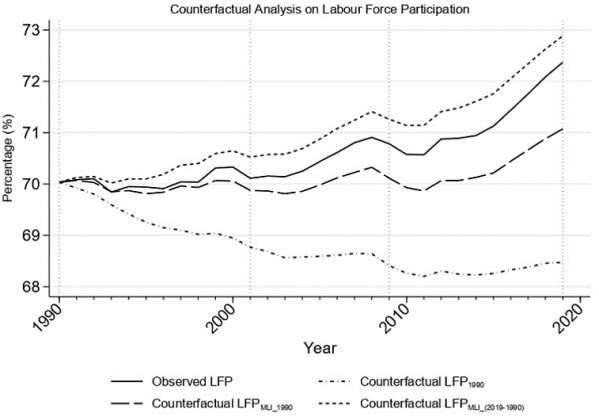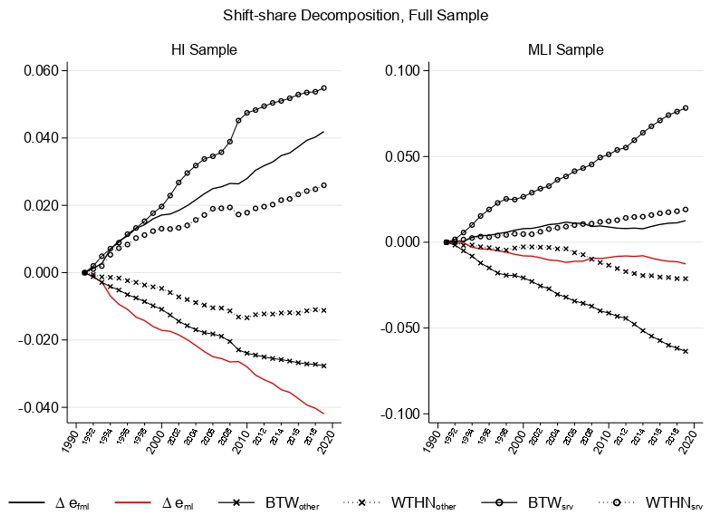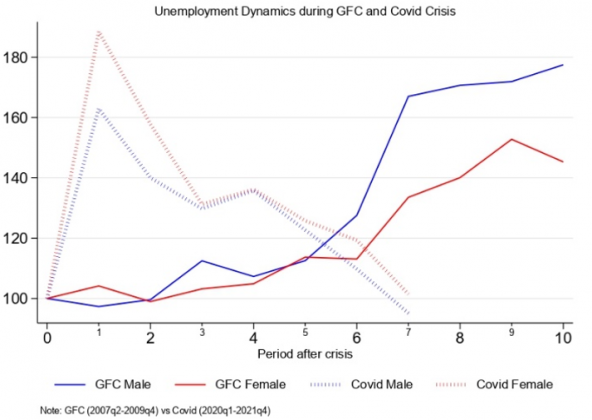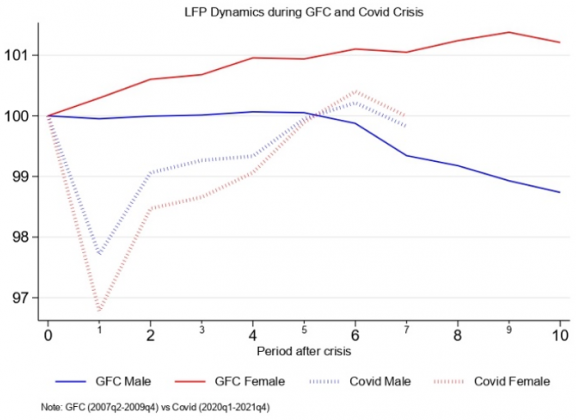Ines Buono is a senior economist at Banca d’Italia’s International Relations and Economics Directorate. She holds a PhD in Economics at Universitat Pompeu Fabra in Barcelona. While her primary research interests include international trade and finance, she conducted empirical research in various topics such as the role of uncertainty and of monetary policy in explaining macro investment, the evolution over time of the de-anchoring of inflation expectations, the role of policies in promoting female participation in labour supply. Her research has been published in Journal of International Economics, European Economic Review and J-Macro. She represents the Bank of Italy in the G20 Framework Working Group; she is Deputy Head in the coordination of the Bank’s G7-G20 Finance Track Team. In 2016-2017, she has been Deputy Editor and then Editor of the Bank of Italy’s Working Paper series. She has been senior member of Bank of Italy’s Recruiting Committees for Research Fellowships for Economists. Her publications are available at https://ideas.repec.org/e/pbu166.html.


